After arriving in Manila on 19 December 2022, I spent much of my time indoors for a number of reasons. Christmas time meant much of Manila would have been crowded. The weather also wasn’t the best during my time in Manila.
Since I had already seen most of whatever Manila has to offer as far tourists sights go (this was my fourth visit to Philippines), whenever I would step out, I would mostly end up hanging out at Manila’s many, many shopping malls.
So just before Christmas, I stepped out to take a break from work and headed to SM Megamall, once the largest mall in the Philippines until SM corporation opened Mall of Asia in 2006. I took the MRT train and got down at Ortigas station.
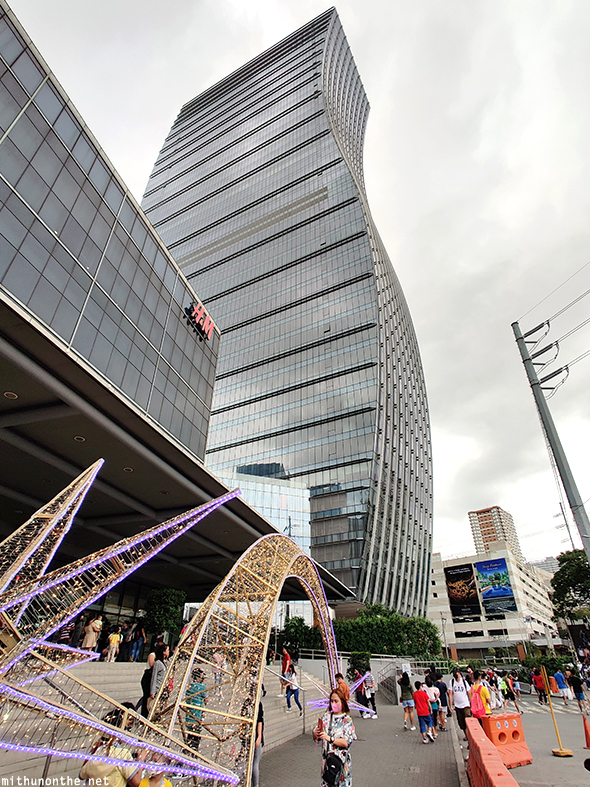
SM Megamall was huge and I easily spent close to two hours checking out several stores, including all the fast fashion brands (H&M, ZARA, and Uniqlo) and SM’s own gigantic department store. I didn’t take any photos from inside the mall… because all malls look the same to me nowadays.
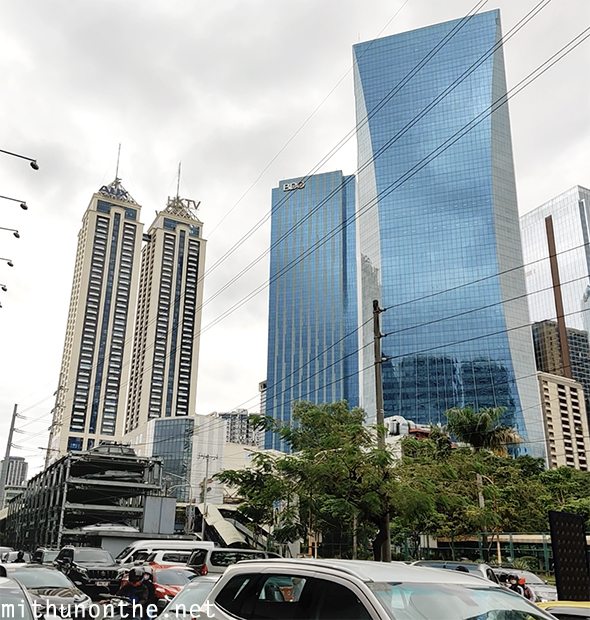

Once I was done with SM Megamall, I walked to Robinsons Galleria which was a 10 minute walk from SM Megamall. Whenever I used to visit Manila, I always made it a point to check out Robinsons’ department store. They usually stock a range of t-shirts from Fun Tees that feature licensed anime shows, and sold at affordable prices (usually PHP300-400).
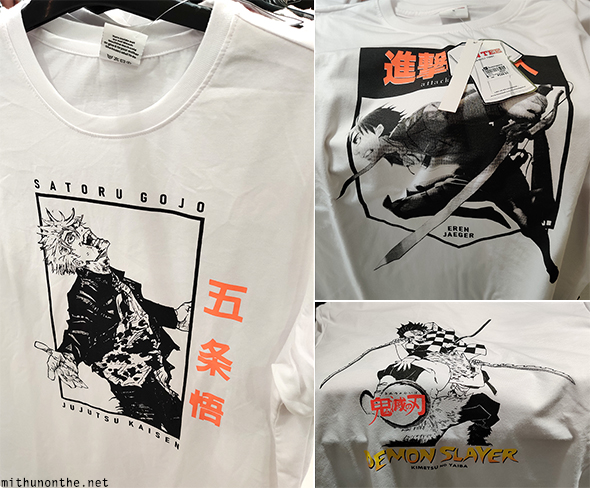
Unfortunately, the available sizes were too large for my younger brother so I didn’t pick up any. It was when I visited the Robinsons supermarket at the ground floor I got my first glimpse into just how expensive fresh fruits and vegetables are in Manila! But I will write about that in a future blog post.
After Christmas, I decided to visit the Divisoria area. I took the LRT2 from Araneta Center/Cubao to Recto station. From there, I walked towards Divisoria. But as I was there, I noticed something familiar.
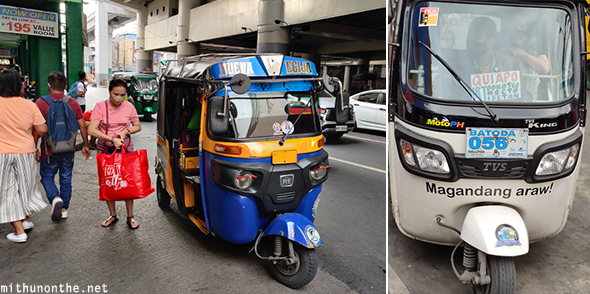
Ever since the Manila administration decided to phase out jeepneys 15 years old and older, Bajaj and TVS saw an opportunity to export auto rickshaws to the Philippines as a possible replacement. The iconic jeepneys aren’t going away for good. The government wants to replace jeepneys with electric or modern, fuel-efficient engines that meet today’s emission norms. Problem is, jeepneys are the cheapest mode of transportation that offers last-mile connectivity and the government decided to phase them out before suitable replacements (also more expensive) had hit the roads in sufficient numbers. This has made commuting around Manila more expensive, since there isn’t much of a government-operated bus service. Everytime I left my girlfriend’s place (or head back), I had to take app-based bike taxis (either Joyride or Grab) just to get to and from Cubao.
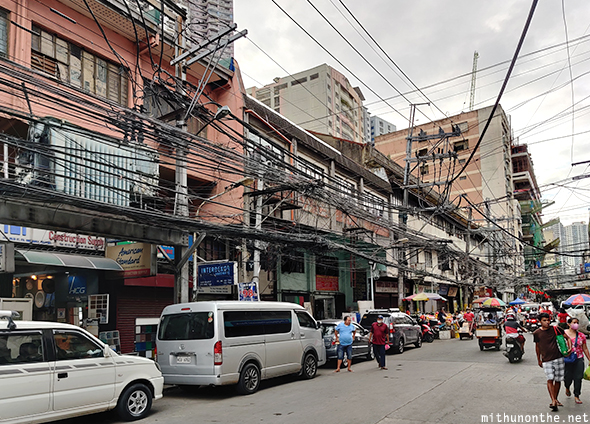
Much of the businesses in Recto are owned by Filipinos of Chinese ethnicity. Binondo, Manila’s Chinatown’ is close by. I had been there in 2011 so check this post for that.
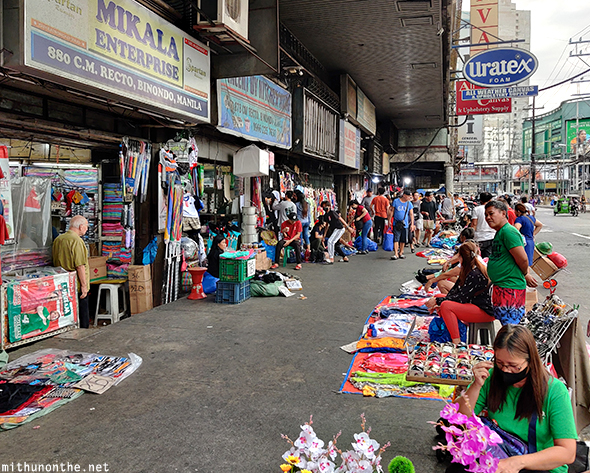
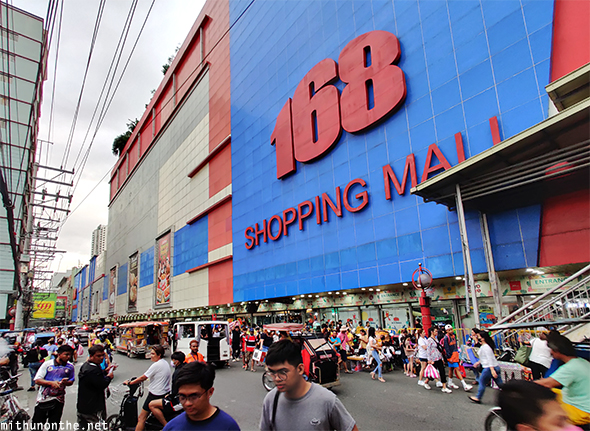
168 Shopping Mall is a six-storey mall and although each floor claims to specialize in one product category, pretty much across every floor, you will see mostly clothes. Lots and lots of fashion, t-shirts, undergarments, and footwear.

Marikina is dubbed the “Shoe Capital of the Philippines” – a major hub for footwear manufacturing in the country. I had visited the Marikina Shoe Museum back in 2014.
168 Mall is also a place where you could get t-shirts printed. I saw many shops offering t-shirt printing services — just give them the design, pick a t-shirt, and voila!


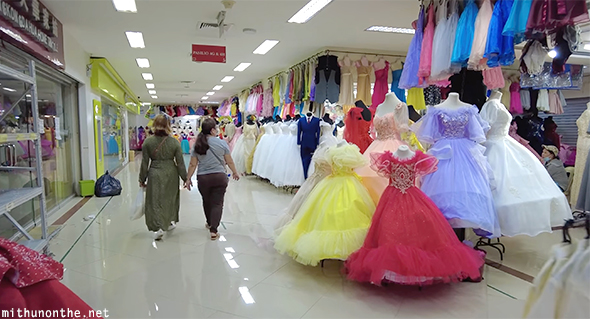
The above three photos were sourced from this YouTube channel who did a walkthrough video of 168 Shopping Mall. I shot some vertical videos initially but ended up deleting them as I found too many shops selling the same thing. Also, I couldn’t spend too much time by myself as I had to go back home by dinner time.
Speaking of food, 168 Shopping Mall’s food court is on level 5. I had actually searched the Divisoria area for Indian restaurants and Google Maps showed a few. What I found though were eateries run by Bangladeshis serving ‘Indian food’. Not that samosas and biriyanis are exclusive to India, but most Filipinos don’t know that.
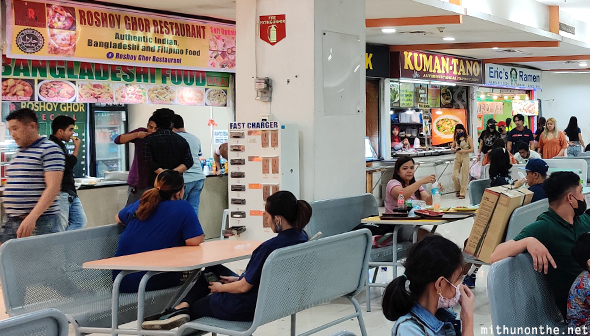

I tried vegetable samosas from both Roshoy Ghor (PHP 25 each) and Bangaldeshi Food (PHP 20 each), and I found the latter’s to taste better! So I packed up a beef biriyani (PHP180/₹270/$3.3), some vegetable samosas (PHP 20 each/₹30/$0.35) and a chicken samosa (PHP30 for one). The beef biriyani was pretty good, quantity-wise and taste-wise.
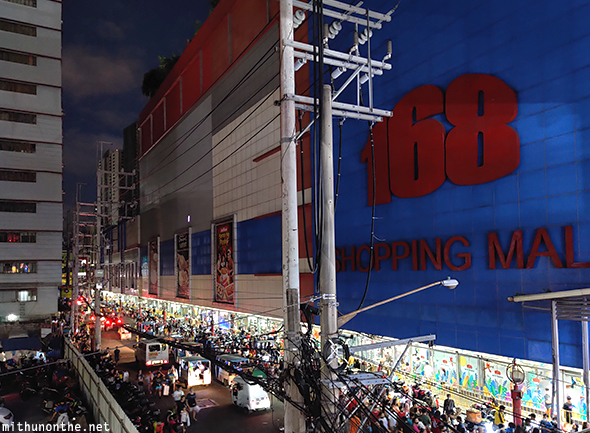
It’s not just 168, the Tondo area has many such malls. 999 Shopping Mall is another nearby option that feels very similar to 168. They all deal in pretty much the same things — clothing, footwear, bags, wedding wear, toys, and electronics (mostly mobile related).

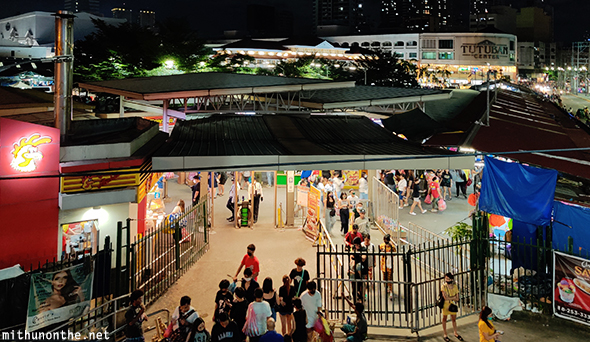
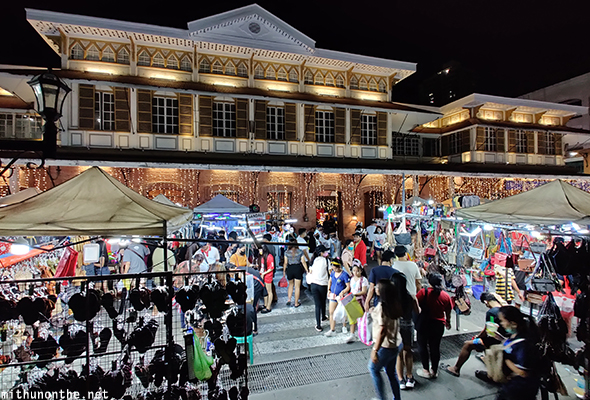
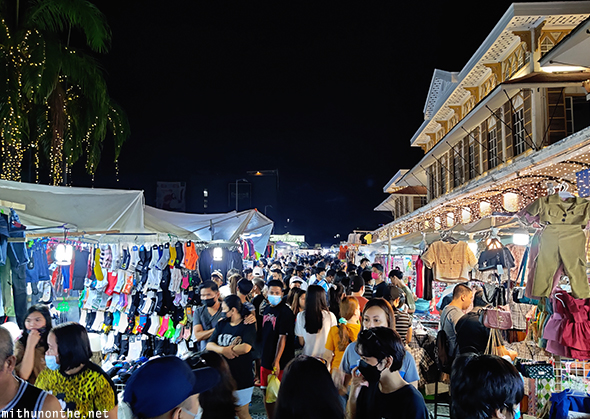
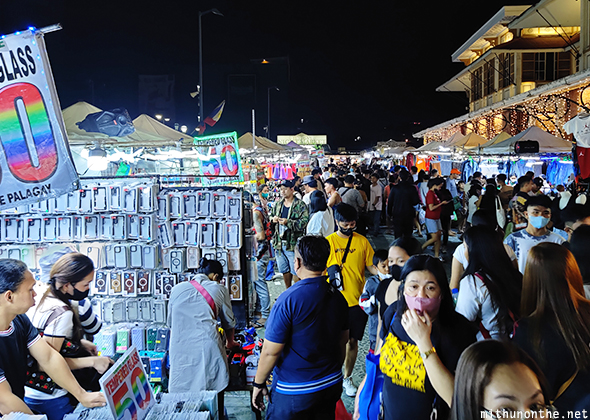
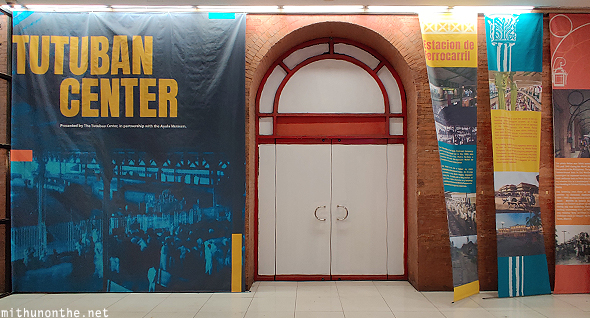
The Tutuban building was once a station of the Manila Railroad Company, which ran the Manila-Dagupan trail in the 1890s. Real estate major Ayala Land then took over the property and it is now the Tutuban Center.
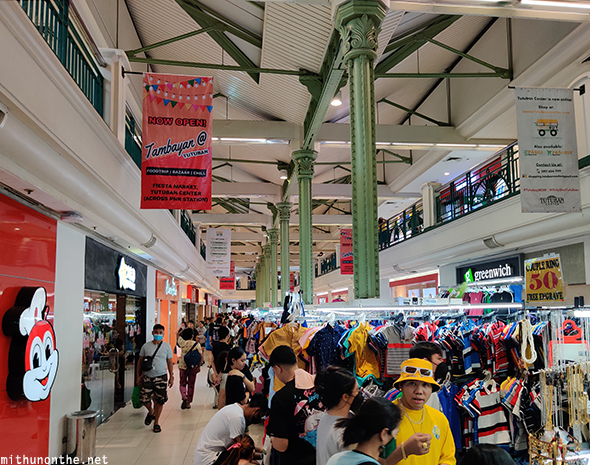
Just more of the same. Clothes, mobile accessories, the usual restaurant chains seen across Manila. I didn’t spend too much time at Tutuban Center.
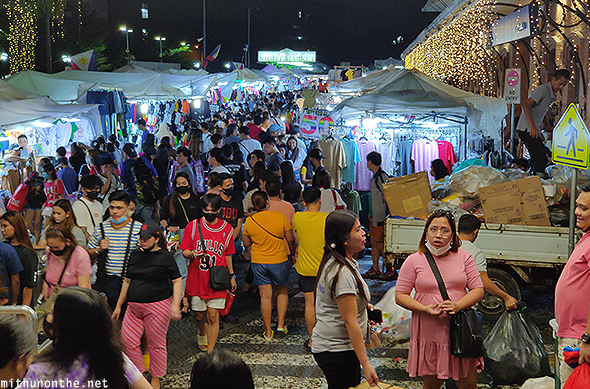
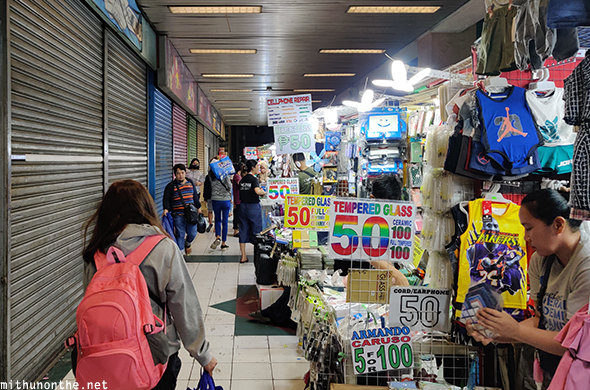
Maybe the next time I am in the Divisoria/Tondo area, I will shoot walkthrough videos of my own showing the various malls and shops.
Next posts in this series:
Philippines: Getting to Liwliwa Beach, Manila to San Felipe (Zambales) by bus
Philippines: Strolling around San Felipe town; visiting Subic Bay
Philippines: Back in Manila, in search of Indian food around Monumento
Philippines: Checking out Sidcor Local Sunday Market in Quezon City
Philippines: Checking out Mitsukoshi in Bonifacio Global City, Manila
Philippines: Skyscrapers of Bonifacio Global City and Manila’s First 3D Billboard
Philippines: Getting a glimpse of ITZY in Manila, and the shocking cost of fresh food
Previous post in this series:
Philippines: Visiting Manila after a gap of 8 years
